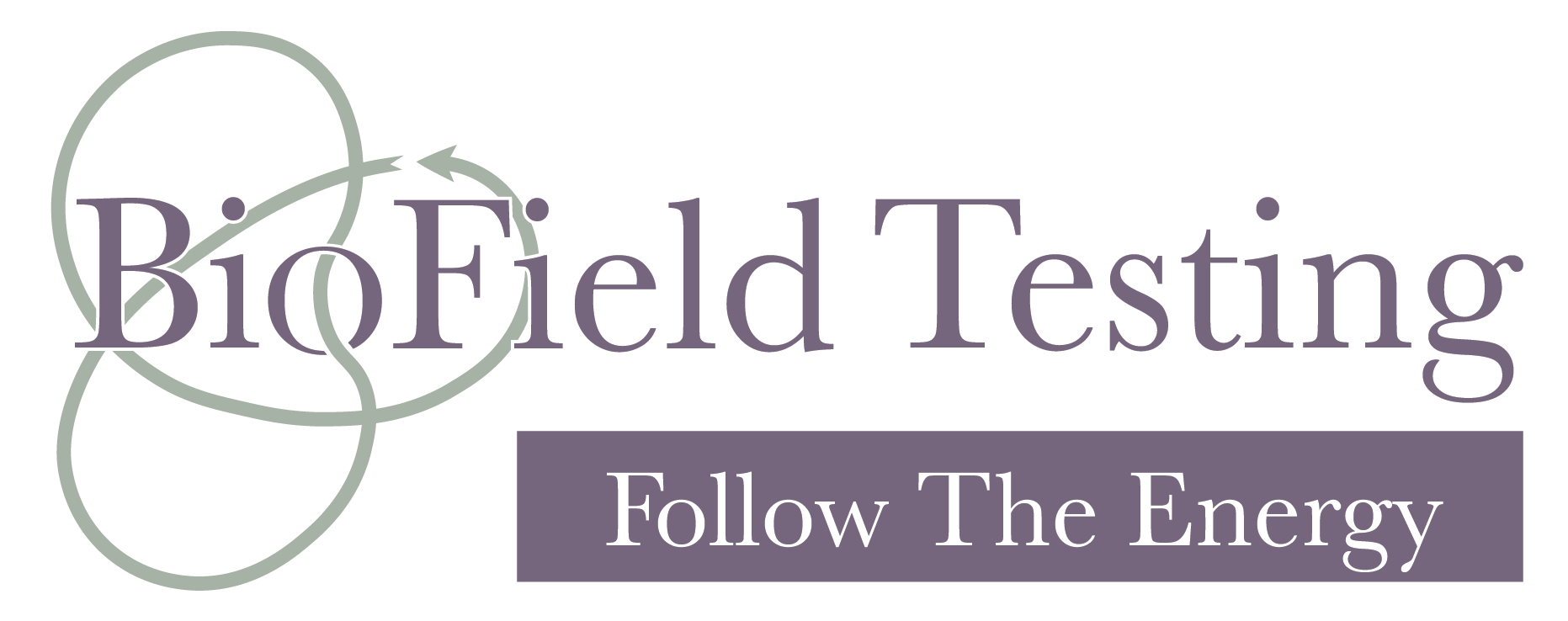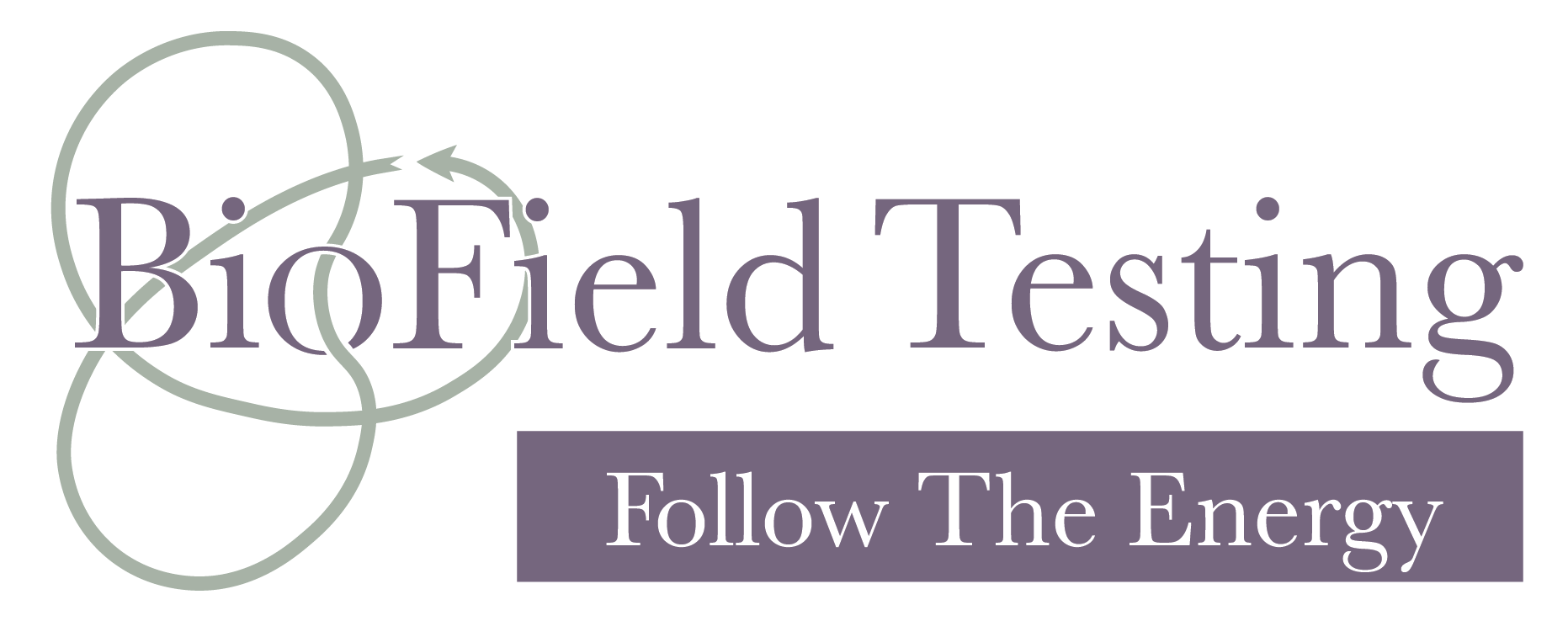In part one we talked about how Morphogenic Field Technique testing can be described as a conversation between the practitioner and the client’s body using the five parts MFT as the components of the conversation.
· Modified Muscle Response Test - the language we are speaking.
· The M-Field - the pathway for our communication.
· Epigenetics - the context of the conversation.
· Cell Energy kits - the exchange and
· Nutritional Supplementation & Lifestyle Changes - the answers to the questions being asked of the body such as “What do you need?
Do you have too much of that?”
People can relate to MFT as a conversation because communication is an everyday event of being human. Finding other ways to draw upon daily circumstances or examples that contain identifiable elements can make for a successful description.
· Modified Muscle Response Test - the language we are speaking.
· The M-Field - the pathway for our communication.
· Epigenetics - the context of the conversation.
· Cell Energy kits - the exchange and
· Nutritional Supplementation & Lifestyle Changes - the answers to the questions being asked of the body such as “What do you need?
Do you have too much of that?”
People can relate to MFT as a conversation because communication is an everyday event of being human. Finding other ways to draw upon daily circumstances or examples that contain identifiable elements can make for a successful description.
Dr. Cathy Taig, D.C. is a 4+ year MFT practitioner. When she introduces nutrition counseling to clients, at her family chiropractic clinic that she shares with her husband Dr. Timothy Taig, DC in Grand Rapids, Michigan, she says “I try to use everyday examples.”
She goes on to say, “ I spend my day talking about radio stations, force fields and reflexes all day.”
Ø Radio Tuner
Dr. Taig enjoys using the tuner of the car radio to explain the process of MFT. She talks about how the car tuner helps you listen to the one radio station that you want to hear and blocks out all the other radio stations that might come in on that same frequency. The energy vials hold separate frequencies of different things. We are asking the body whether it needs that frequency or doesn’t want it.
Ø Force Fields
Dr. Taig, shared, “When I talk about the field, everyone gets the superhero, movie action thing, like Star Trek and force fields. Everything has a field. Hunters will wear special clothing to shut if off to be able to get closer to what they are hunting.” She explains to clients, “ I don’t want to close your field, I want to open your field so if something is coming at you like a virus or bacteria, your body will now have at least a 5 feet or so distance from the thing coming in.”
Ø Reflexes of the Body
Dr. Taig tells clients, “We use your body’s reflexes to determine if your body is interested in correcting a deficiency, a toxicity or another problem. Your body’s reflexes tell us that it is interested in fixing something. Then it is great because that can help you have a better life; maybe get rid of this problem you are telling me about.”
Using the approach of describing MFT as a conversation with the body or by finding relatable examples in our daily lives, can be helpful ways of explaining MFT.
Another tip Dr. Taig offered was that she gives the client the power to research on their own. She will give them searchable terms or suggest websites to visit so they can read about it on their own.
She goes on to say, “ I spend my day talking about radio stations, force fields and reflexes all day.”
Ø Radio Tuner
Dr. Taig enjoys using the tuner of the car radio to explain the process of MFT. She talks about how the car tuner helps you listen to the one radio station that you want to hear and blocks out all the other radio stations that might come in on that same frequency. The energy vials hold separate frequencies of different things. We are asking the body whether it needs that frequency or doesn’t want it.
Ø Force Fields
Dr. Taig, shared, “When I talk about the field, everyone gets the superhero, movie action thing, like Star Trek and force fields. Everything has a field. Hunters will wear special clothing to shut if off to be able to get closer to what they are hunting.” She explains to clients, “ I don’t want to close your field, I want to open your field so if something is coming at you like a virus or bacteria, your body will now have at least a 5 feet or so distance from the thing coming in.”
Ø Reflexes of the Body
Dr. Taig tells clients, “We use your body’s reflexes to determine if your body is interested in correcting a deficiency, a toxicity or another problem. Your body’s reflexes tell us that it is interested in fixing something. Then it is great because that can help you have a better life; maybe get rid of this problem you are telling me about.”
Using the approach of describing MFT as a conversation with the body or by finding relatable examples in our daily lives, can be helpful ways of explaining MFT.
Another tip Dr. Taig offered was that she gives the client the power to research on their own. She will give them searchable terms or suggest websites to visit so they can read about it on their own.
Don’t forget the “Why”.
Starting with the reason you are suggesting nutrition counseling or the “why” for the client coming to see you is always a great opener.
“Whether you are interested in improving your eating habits, gaining strides toward overall general health, or are presently dealing with a health challenge that is keeping you from living a full and energized life, it all starts with the cells of the body and what they need to thrive.
By asking your body to respond to cell energy vials placed into the field around your body, we can determine through a strong arm/weak arm muscle response what your body needs. The answer might be to add nutritional supplementation, make shifts in your diet, or introduce lifestyle changes.
The whole procedure usually takes no more than 15 minutes. You simply need to allow me to apply slight pressure to your outstretched arm.”
It all starts with the experience.
Think about your experiences of receiving MFT and how it impacted your health. What did your practitioner say to you to influence your decision to give MFT a try?
Or ask a MFT client to share with you how they describe MFT to their friends. There are so many ways to describe the elements that make up a MFT testing session.
Explore these suggestions and create your own. However, in the end the most impactful description is true to who you are and spoken from a place of genuine caring for your clients.
Think about your experiences of receiving MFT and how it impacted your health. What did your practitioner say to you to influence your decision to give MFT a try?
Or ask a MFT client to share with you how they describe MFT to their friends. There are so many ways to describe the elements that make up a MFT testing session.
Explore these suggestions and create your own. However, in the end the most impactful description is true to who you are and spoken from a place of genuine caring for your clients.

